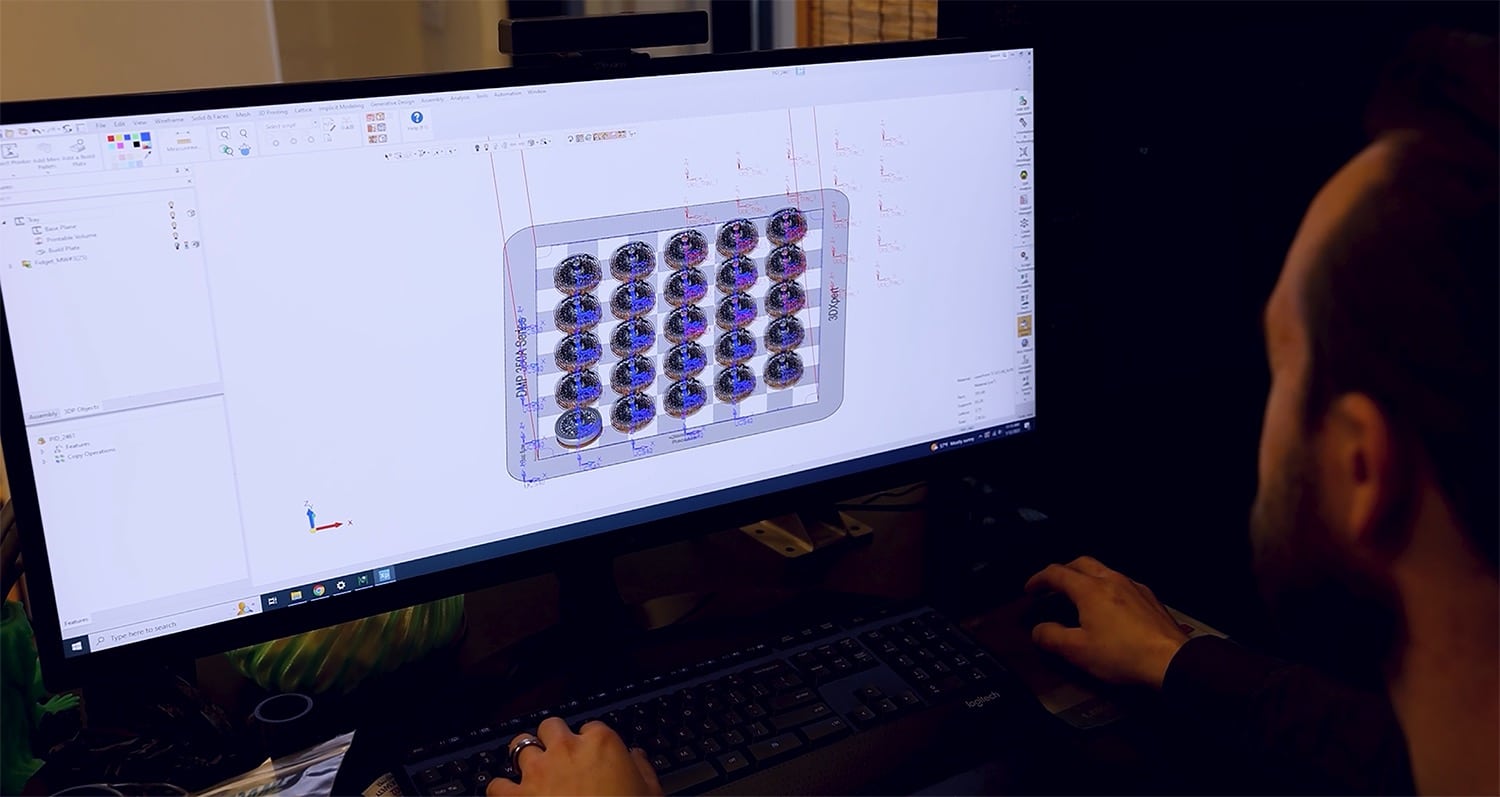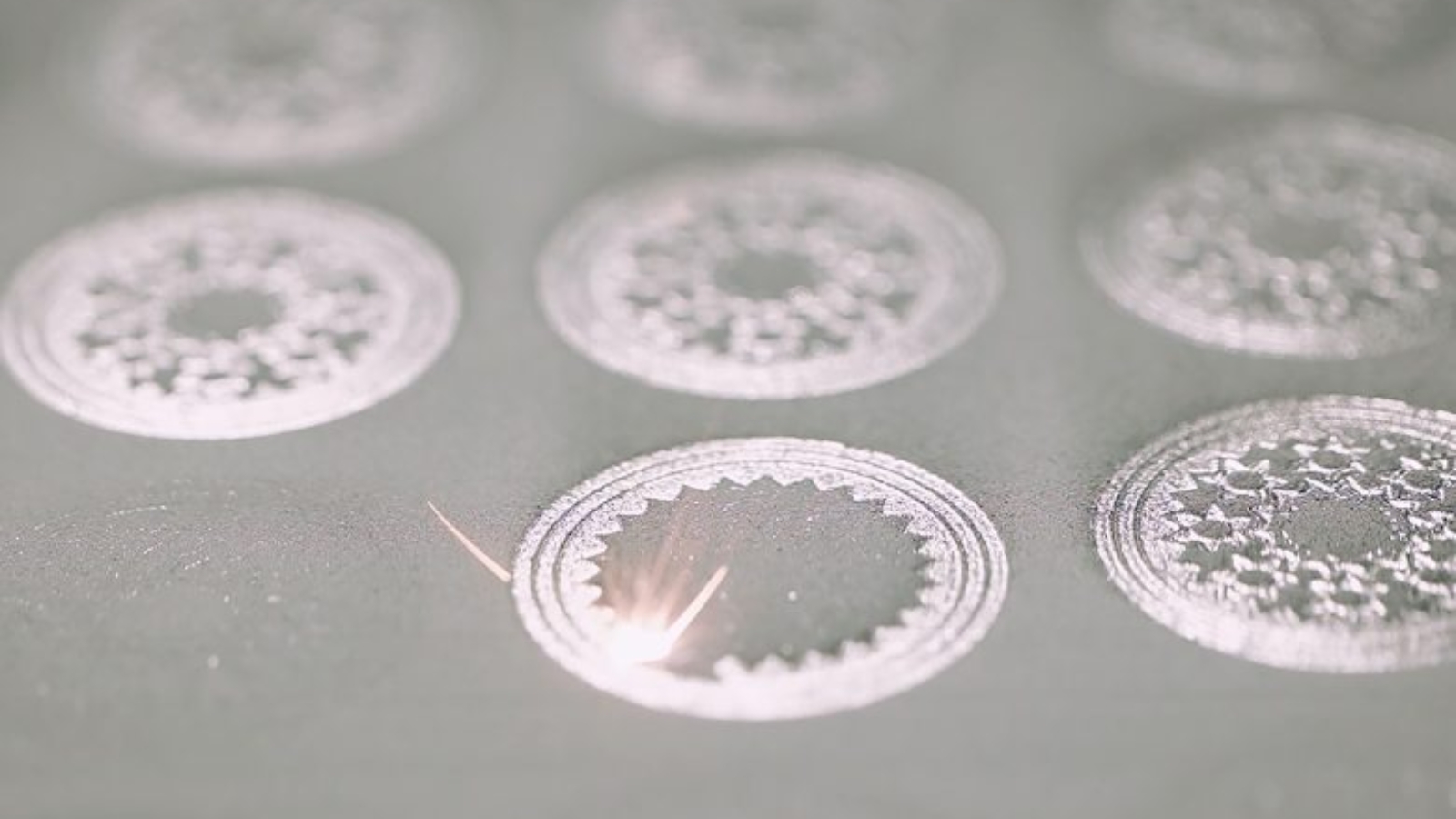MolyWorks, a California-based metal AM powder manufacturer and service provider, has integrated the DMP Flex 350 from 3D Systems into its manufacturing workflow. As a result, MolyWorks has recognized significant efficiency improvements in its production process, and opportunities to enhance the breadth of capabilities by delivering additively manufactured end-use parts to its customers. With these advantages, MolyWorks has grown its customer base, including the work the company is conducting alongside the United States Air Force to evaluate 3D printed flight-critical parts.
“3D Systems’ Direct Metal Printing solutions continue to deliver value in highly-regulated markets such as aerospace,” said Dr. Michael Shepard, Vice President, Aerospace & Defense Segment, 3D Systems. “The combination of our industry-leading technology, Oqton’s software, and our deep applications expertise enables us to help innovative companies like MolyWorks continue to push the boundaries. I look forward to seeing how the MolyWorks team continues to realize the benefits of the DMP Flex 350, and the future opportunities for growth we can explore.”
As a producer of metal powder that is used to produce high-quality metal parts, MolyWorks needed an AM solution that seamlessly integrated with their workflow. They chose 3D Systems’ DMP Flex 350 due to its unique vacuum chamber architecture which is critical when manufacturing parts from titanium — a material that has become a standard alloy for aerospace applications. The vacuum chamber maintains a low oxygen environment (<25 ppm) which reduces argon gas consumption and produces an excellent surface finish with fine feature detail. MolyWorks is also taking advantage of the DMP Flex 350’s optional removable print module (RPM). Being able to swap out the RPM allows their team to perform a quick cleanout and get the machine back up and running with another material in a short amount of time.
Manufacturing on Demand

Additionally, the DMP Flex 350 includes Oqton’s 3DXpert software which supports every step of the additive manufacturing workflow from design to post-processing, to quickly and efficiently transition from a 3D model to successfully printed parts. This single software solution for modeling, simulation, and manufacturing eliminates the need to rely on multiple software packages. Efficiencies driven by 3DXpert can enable up to 75% faster file-processing time, and increase productivity by up to 40%.
“The high-value applications we are addressing with additive manufacturing require us to have a metal 3D printing solution that can maintain a very low internal oxygen level,” said Devin Morrow, director of AM, MolyWorks. “The DMP Flex 350, with its unique vacuum chamber, performs in a different class than competitive machines. The vacuum architecture reduces O2 levels to less than 25 ppm and delivers better chemistry control in finished parts and high levels of powder reuse. Being able to seamlessly transition from design and optimization in 3DXpert to production with the DMP Flex 350 has really helped us streamline our process.”
Chris Eonta, founder, MolyWorks added, “For rapid design or product iteration, 3D Systems’ DMP Flex 350 is unmatched. Having this industry-leading solution in our facility is expanding our vision of what can be 3D printed in our processes. We’re very impressed by the quality of the landing gear components we’re producing with this printer that will be tested for airworthiness, and are looking forward to the additional applications we will address.”
You might also like:
Dyndrite and UPM partner on 3D printing build plate development: The build plate lays the foundation for every printed part. However, most users do not record key data that can help improve the lifecycle of build plates. Without this information, for example, Laser Powder Bed Fusion users face an increased risk of powder leveling issues, internal fatigue, and plate warpage that can lead to lost time and costly build failures.
* This article is reprinted from 3D Printing Media Network. If you are involved in infringement, please contact us to delete it.
Author: Davide Sher


Leave A Comment